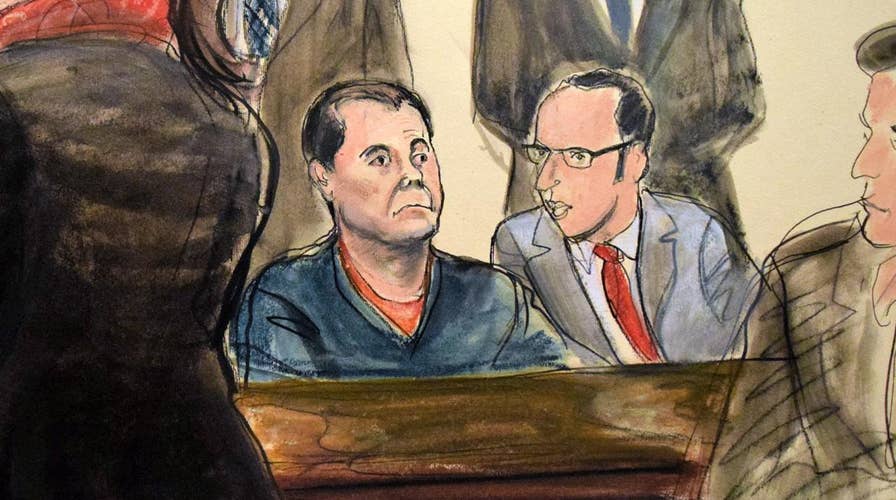Situated almost equidistant between Culiacán and the Gulf of California, the small Mexican city of Navolato is a sleepy place known mainly for agriculture, banda music and as a pass-through for vacationers heading to the towns along the coast.
But in late February the town became synonymous with Mexico’s violent drug war – and for what could be the first shots in a battle for control of the notorious Sinaloa Cartel – when a bloody shootout erupted in the middle of the city.
The skirmish pitted two factions of the Sinaloa Cartel -- one led by the sons of imprisoned drug lord Joaquín “El Chapo” Guzmán and the other by Dámaso "El Licenciado" López Núñez -- against each other and have experts speculating about the future of what is purportedly Mexico’s most powerful, and seemingly indestructible, cartel in the wake of Guzmán’s arrest and extradition to the United States.
“This is one reason why you’re seeing such a drastic rise in homicides and violent crime all over Mexico, but especially in Sinaloa,” Adam Isacson, a senior associate at the Washington Office on Latin America, told Fox News.
For years the Sinaloa Cartel has remained the one constant, unified group in Mexico as other cartels splintered, shattered or disintegrated under constant pressure from the country's armed forces, brutal infighting and battles over control of the lucrative trafficking corridors to the U.S.
Under Guzmán, the cartel ran on a business model based on a loose arrangement of associates. Guzmán and Ismael "El Mayo" Zambada García were in control of the overall organization, but cartel members beneath them had greater autonomy when it came to the daily operations of their trafficking corridors and so-called "plazas."
Unlike other cartels who employed a similar model -- the Zetas, for example -- Sinaloa was able to run its organization with less internal disruptions given that they focused exclusively on drug trafficking and have remained profitable in that enterprise, experts say.
"They've created a business structure that has allowed them to thrive and survive in ways that others have not,” Christopher Wilson, deputy director of the Mexico Institute at the Woodrow Wilson Center, told Fox News.
That structure, which was so carefully maintained with Guzmán at the helm, appears to finally be showing signs of cracking as the Sinaloa Cartel leadership faces both internal and external threats.
Along with the shootout in Navolato, Guzmán's sons and Zambada were also ambushed in February by hitmen allegedly deployed by "El Licenciado." Mexican media are reporting that Guzmán’s sons are involved in a dispute with their uncle, Aurelio Guzmán, alias "El Guano," for control over the criminal group.
Besides defectors from within the organization, the Sinaloa leadership has also had to deal with a growing threat from outside in the form of the Jalisco Cartel -- New Generation (CJNG), which has been encroaching on territory long held by Sinaloa and sees the extradition of Guzmán as an opportunity to assert its influence.
"The Jalisco Cartel -- New Generation [CJNG] has launched attacks against the Sinaloa Cartel," professor Jiménez Ornelas, of the National Autonomous University of Mexico (UNAM), told Mexican news site Sin Embargo. "These groups have sustained confrontations especially in Colima, one of the key plazas for the control of drug trafficking in the Mexican Pacific."
Numerous news reports are crediting the extradition of Guzmán -- and the ensuing battles for territorial control -- with the current "wave of violence" in Mexico, and Sinaloa in particular.
Mexico’s homicide tally in January was 30 percent higher than it was in January 2016 and January was also one of the most violent months for Sinaloa in recent years, according to government homicide data.
Despite the conflict currently engulfing the group, observers say that it is unclear whether or not the Sinaloa Cartel’s global trafficking network will feel any effects. Besides Mexico and the U.S., the organization is known to operate throughout Europe, Asia and West Africa and as far as Australia and New Zealand.
“If you’re looking for any change on the international level, it is probably too early to tell,” Isacson said.

